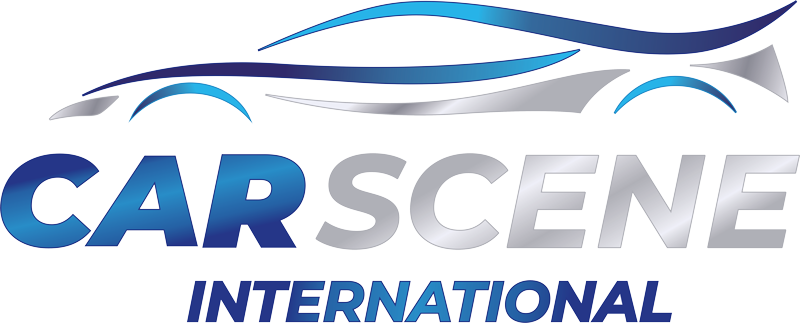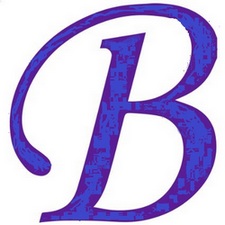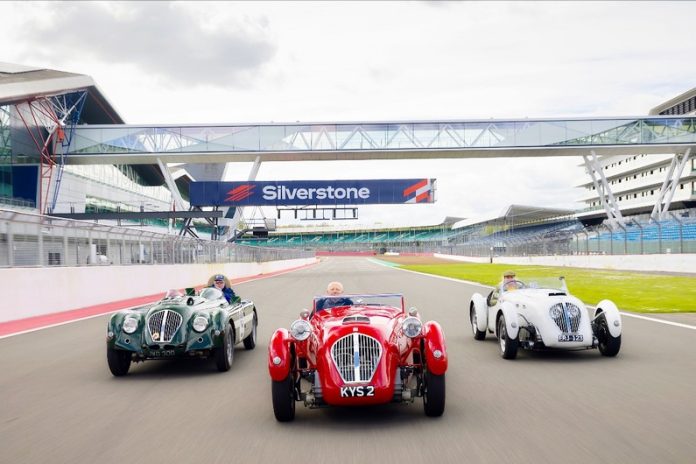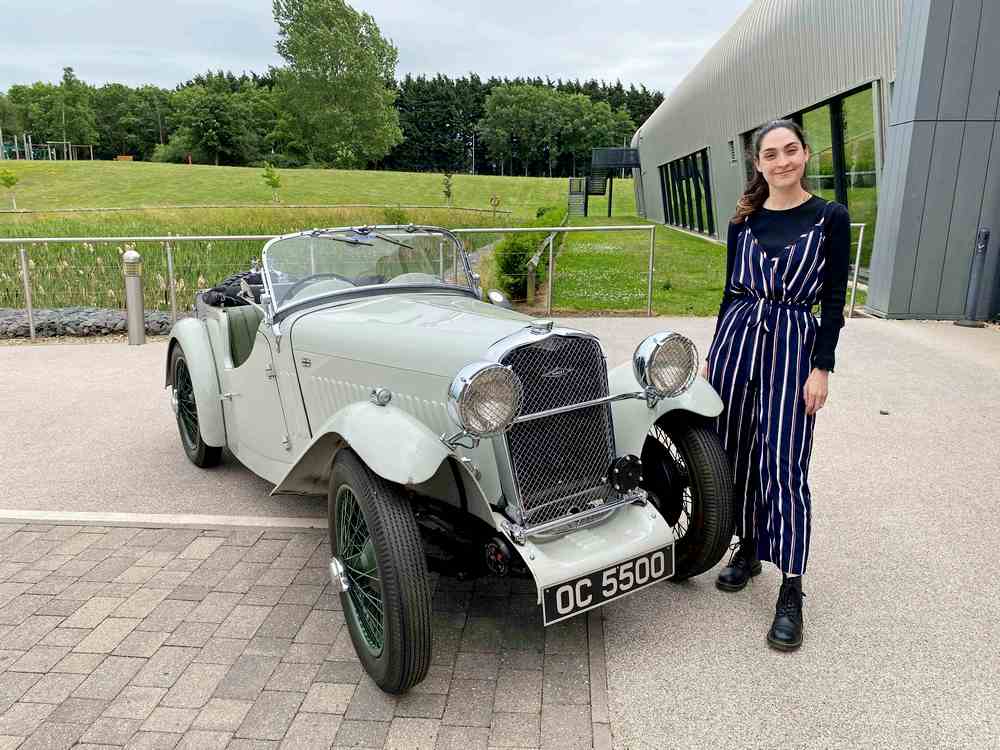|
HEALEY AND OTHER FINE CARS NEWS BULLETIN April 2019
This is the fourth in the series of transcripts of ‘oral history’ interviews that were conducted in conjunction with the Warwickshire County Record Office’s Healey Motor Company archive project. For the background to these ‘tidied’ transcripts please refer to any one the previous Bulletins listed at the end of this article. The subject of this interview is Roger Beard. Roger started work for Healey as an apprentice mechanic at the Coten End works and then progressed to becoming a car salesman. Here is his story complete with amusing memories. – My name is Roger Beard, upon leaving school I started work for the Donald Healey Motor Company at Coten End, Warwick, on a five year apprenticeship. During that time I worked in the stores, the workshop and eventually I proceeded to the sales department. Interviewer: OK. When you started as an apprentice, did you know anything about the company at all? Only that they raced cars and were quite famous for racing cars around the world. That probably attracted me to the company at the time because I wanted to get involved in that kind of thing. As it turned out, towards the end of my time there, the racing programme was running down so, I could see more of a future in the sales department. 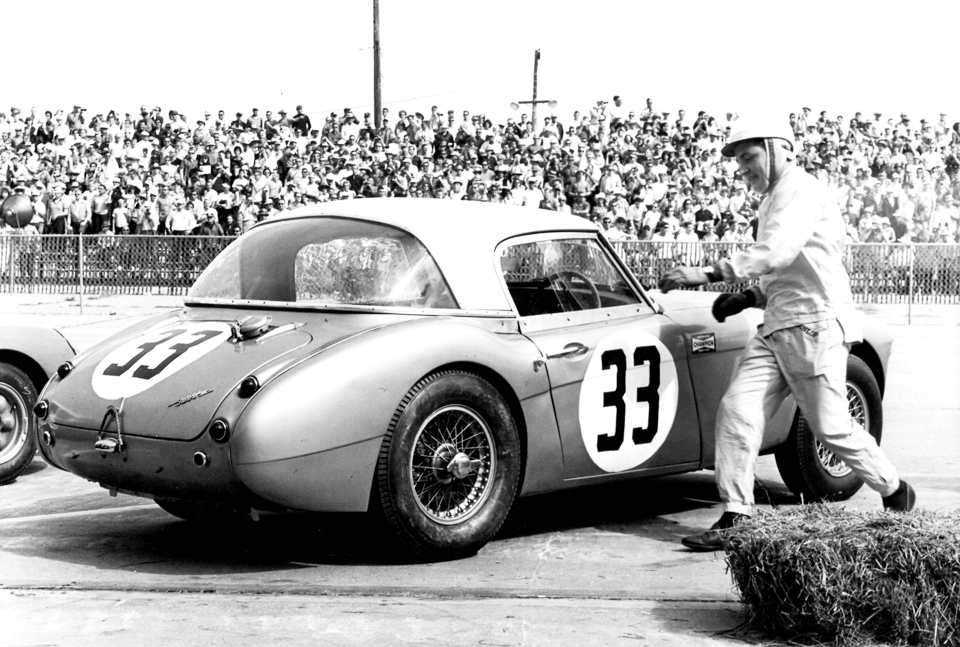 Interviewer: And was it quite a competitive process to become an apprentice there, was it something that lots of people wanted to do? I’m not quite sure how many applicants they had for the job that I got, but there were four of us started at the same time. Two fell by the wayside relatively quickly, that left myself and another chap who today is a dealer principal of a Jaguar garage. He has spent as much time in the motor trade as I have. Interviewer: Did they tend to employ local people? Not particularly, as long as you weren’t too far away and could get there easily [laughter] Interviewer: So they didn’t find lodgings for people? Oh no, they were all relatively local to Leamington, Warwick, and Kenilworth people. Interviewer: So what happened on day one when you first started? Well, you had to report to Mr Price, Geoffrey Price, who was the Service Manager and also a Director of the Company. He introduced you to the Workshop Foreman who was a man called Stan Wayne and he then put you with one of the existing mechanics who showed you the basics of a mechanics job. You probably worked with them for about six months before you started doing little jobs on your own. Interviewer: And the apprenticeship lasted how long? It was meant to last five years, in my case it was just slightly less than that. Interviewer: And you worked with a variety of different people during that time? Oh, along the way, yes and met all sorts of different people but I only actually worked as a mechanic for a couple of years. By that time me and the colleague (David Burton), I mentioned previously, who started the same day as me and stayed the course, had both transferred into the car sales department. Him into new cars and me into used car sales. By that time I was working under Ken Hodges who was the Sales Director and Brian Healey who was one of the owners. Interviewer: And how long did you stay there doing that particular role? Until we were both made redundant in 1972. Interviewer: So, back to when you were an apprentice mechanic, what cars did you work on, were you working on Healey models, or… – Predominantly Healey models and other Austin Rover models at the time. We were also agents for Jensen and Rolls Royce at the time. We looked after quite a few local people’s Rolls Royces, a lot of modern Austin Healeys, a lot of modern Austins in the then current Austin range and quite a lot of older late ‘40s and early ‘50s Healeys. Interviewer: Ppresumably there were people who had expertise on particular models? Yes, some of the older mechanics were more familiar with some things than others. Interviewer: Had some of them transferred from the Cape Works? Oh yes, an awful lot. There was Ted Bradnam, he was in charge of the bodywork section, a chap called Tom Wincott who came from Moreton Morrell, he was another mechanic. Neil Scott, another mechanic, Stan Wayne, as I said earlier, was the workshop Foreman. Bill Buckingham, who made the bodies for the experimental department, beating them out of flat sheets of aluminium, he had come from the Cape. Most of them had come from the Cape to be quite honest, apart from the younger chaps. The stores department was run by a man called Fred Draper, ably assisted by Gordon Barton. Fred volunteered for redundancy and established A H Spares which became a very successful business supplying Austin Healey spares around the world. Gordon joined him not long afterwards. Interviewer: What was the layout of the building like? How did it work? Well, in the upper parts, where the projector would have been in the old cinema, was the Drawing Office where Barry Bilbie sat at his board and did his drawings. As you came down the building, the next floor down was the Accounts Department where Joe Cooper, the Company Secretary, had his office, Donald had his office next door to Joe’s. The next floor down from that there was the Stores and a couple of offices, Fred Draper’s and Invoicing. Then below that you came to the Sales Showroom area where there were four or five offices as well as the showroom. The walls were draped in various photographs of historic Healey moments. The land speed record attempts, other cups, trophies and awards, were all displayed in a glass cabinet. Interviewer: So it was quite a big concern, a lot of people. Yes, I’ve never actually counted them, how many people were employed there at that time but I think there were probably more chiefs than Indians. Interviewer: I believe that by that time Donald had already moved down to Cornwall, is that right? Yes, he used to turn up every couple of weeks perhaps, difficult to say, he was in London a lot. Brian Healey was on the Committee of the Society of Motor Manufacturers and Traders, he spent a day in London every week attending meetings in connection with that position. Basically, Ken Hodges ran the Sales Department and overall most decisions were made by him relevant to everyday operations. Interviewer: And was Geoff based at Coten End? Yes, Geoff was there most of the time but you didn’t see him a lot because he was up in his drawing office with Barry Bilbie. We did see him when he passed through to deliver his instructions to the Experimental Department, which was at the back of the building. Interviewer: And did you have any visits from any sort of famous drivers or any other personalities? Or would that tend to happen in London more? No, no, various people used to turn up, John Chatham who was very famous Owner of John Chatham Cars – Austin Healey Specialists. (He owns an Austin Healey 3000, with the registration number DD300, in which he has enjoyed a great deal of circuit racing success. Ed). John Gott who was the Chief Constable of Northamptonshire and racer of ‘Big Healeys’ was a very regular visitor. Clive Baker and John Harris, both were ‘Works’ drivers for Healey, they were frequent visitors. At one stage, Steve McQueen drove a Mark I Sprite at Le Mans for them, obviously in years gone by Stirling Moss had driven for them. I remember particularly going to the 1970 Motor Show with Brian Healey on Press day. 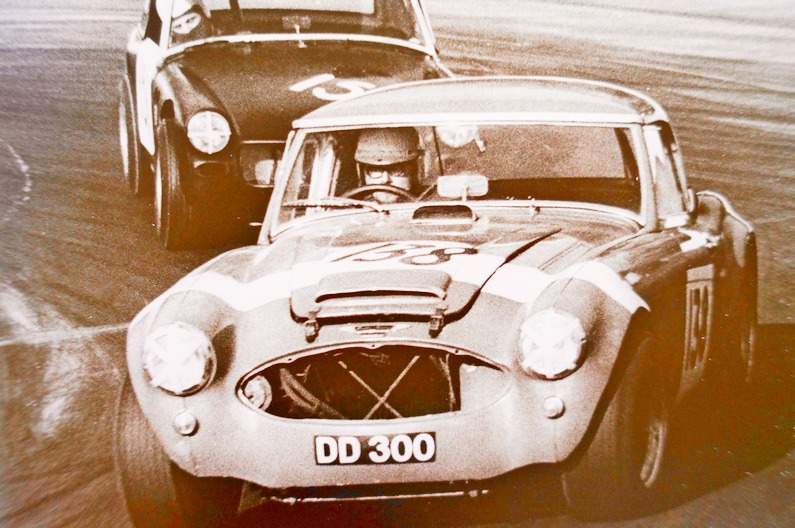
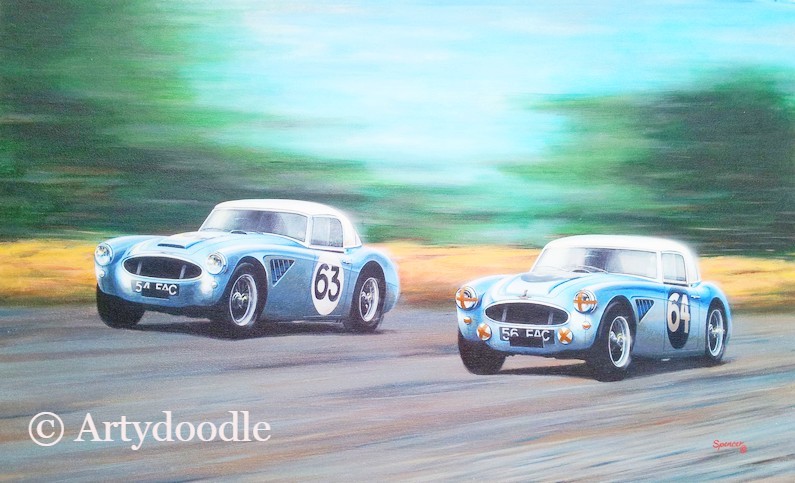 He knew everybody who was worth knowing in the motor trade in those days. We were walking down the Central Aisle, the first chap who spoke to him and had a long conversation, was Stirling Moss. Ten seconds later, we had just said goodbye to Stirling when George Abecassis turned up. He was the Managing Director of Aston Martin, they had another long conversation. Then we met Martin Lilley who was a very fortunate man, his father purchased for him (a car company) TVR Cars of Blackpool, for his 21st birthday present. Well, we then went to an Italian restaurant for lunch with Martin Lilley. It was quite an amusing lunch because when we got to the flaming sambuca stage, my colleague, David Burton, the new car sales chap, blew his out, took a drink of it and removed all the skin off his top and bottom lips. This caused considerable bleeding in the restaurant. That was only the start of a very eventful day though; in the evening we went to a restaurant at the back of Park Lane, called the Grecian Taverna, accompanied by eight or nine Jensen executives. We sat down and everything was going quite well and a Greek female singer got onto the dance floor and started singing. Now on the last occasion that Brian Healey had been to this restaurant they had supplied unglazed crockery for the purpose of smashing. This was all going very well and the waiters were bringing large stacks of plates which were all being thrown in the direction of this singer on the dance floor. By now she was standing on quite a mound of broken crockery. Suddenly Brian Healey was seen to get up from the table and start crawling around the floor collecting the unbroken plates. When someone said to him “what are you doing?” he said “they have just told me that, unlike previous years, they now charge for the plates that you smash, and so far we’ve smashed £220 worth! I’m trying to get some back to reduce the bill”. [laughter] Just another exciting night out with the Healey family. Interviewer: Did you get to go on any overseas trips at all? No not really because they didn’t have any overseas trips apart from the motor racing ones. Interviewer: Oh, OK. But you mentioned previously that you would have to go on errands for them, like delivering cars etc. Yes, lots of errands. I took a car down to Donald’s wife in Cornwall once; she had always had Mini Cooper S’s and I took her an Austin Vanden Plas 1100. When I arrived, she came outside and said “I don’t want that thing, you can take it back if you haven’t brought a Cooper S for me”. There several phone calls back to Warwick, to the family and in due course I did set off back to Warwick in the Vanden Plas. She had to be sent a Cooper S at a later date. 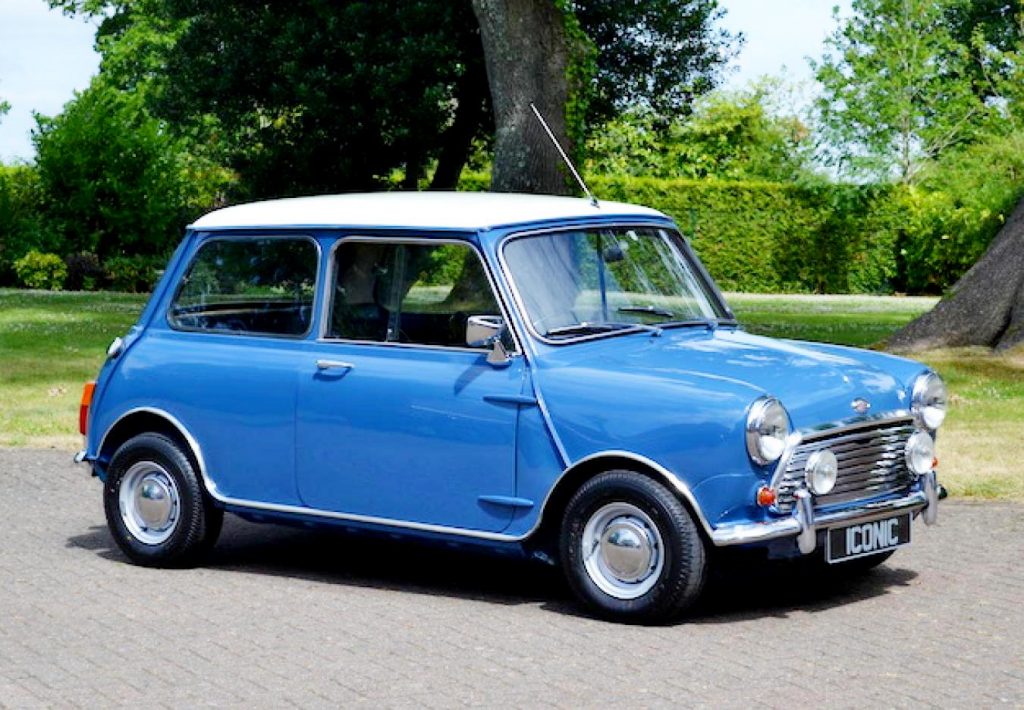 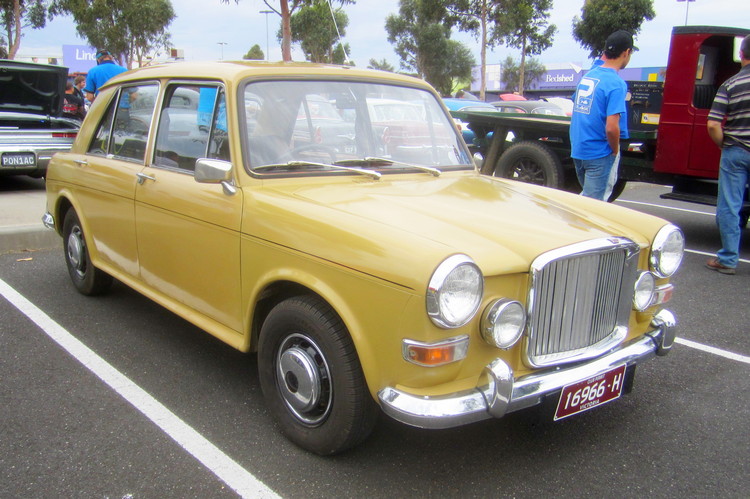 Interviewer: So, can you say a little bit more about when you worked on the sales side, exactly what your role involved? Well, I was a salesman together with two other chaps and Mr Hodges was the Sales Manager. Brian Healey also tended to have oversight of sales. One particularly amusing incident I do remember, towards the end of my time there; on Saturday lunchtimes when we only opened until twelve o’clock, it was the common practice for Geoff Price, the Service Director, Ken Hodges, Wally Hassan from Jaguar, Brian Healey, we two salesmen, and anybody else of note who should be about, John Harris for instance, all went to the Millwright Arms pub, opposite the Coten End premises, for a drink. Anyway, we were locking up one Saturday when a gentleman wearing wellington boots, with a lot of tarmac stuck to them, came in through the front door carrying a supermarket type carrier bag. This caused a lot of moaning because everybody was just about to leave. I said “I’ll speak to him and I’ll come over to the pub when I’ve finished with him”. They all said “you won’t do any good with him, he has just come in here to have a look”. So, I spoke to the gentleman and he asked about the Jensen Interceptor parked over on the one side of the showroom, which I think was about £8200, brand new, at the time. He said “is that particular one for sale?” I said “Yes”. He said “right”, then he said “the Jensen-Healey (parked on the other side) is that one for sale?” I said yes. He said “could I have them both ready for next Saturday, one for myself and the other one for my wife?” I said “Are you sure sir?” he said “yes, can I pay a deposit now?’”and he produced £5,000 from his carrier bag which took me a long time to count. I did all the paperwork locked up the showroom and set out for the pub. I arrived there three-quarters of an hour late, I said to Mr Hodges “what should I do with the £5,000 cash and by the way, the two cars in the showroom are now sold”. This reflected in my commission considerably that month and it was the best half an hour’s work I’ve ever done. It also taught me the lesson that one should not judge a book by its cover. 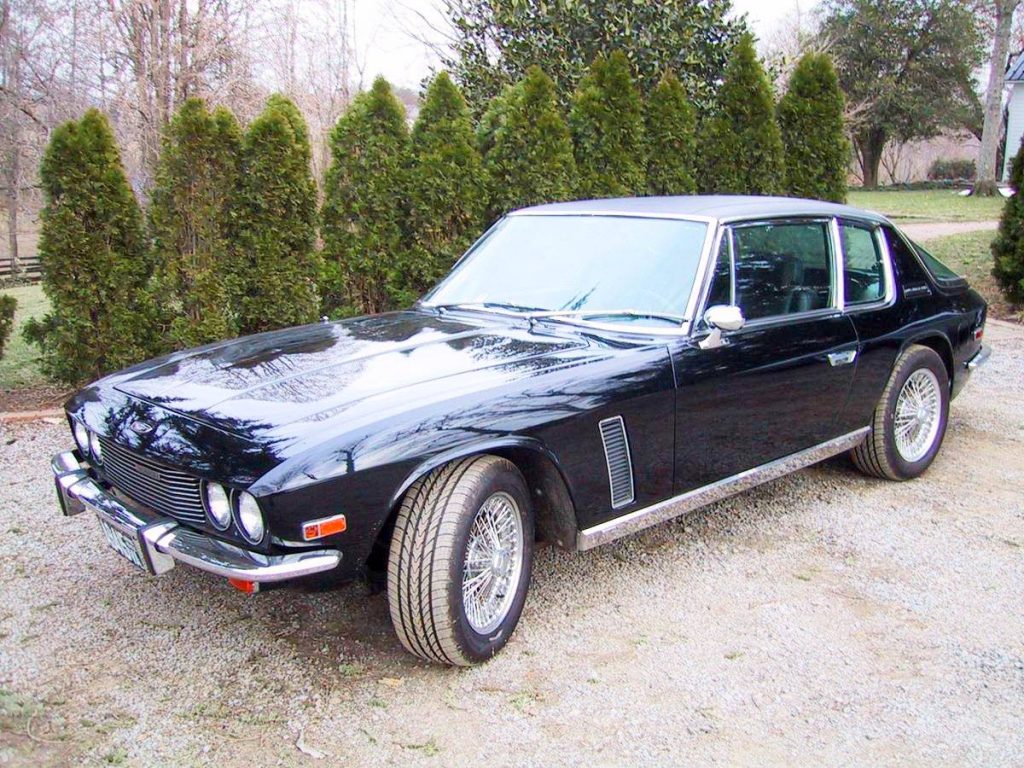 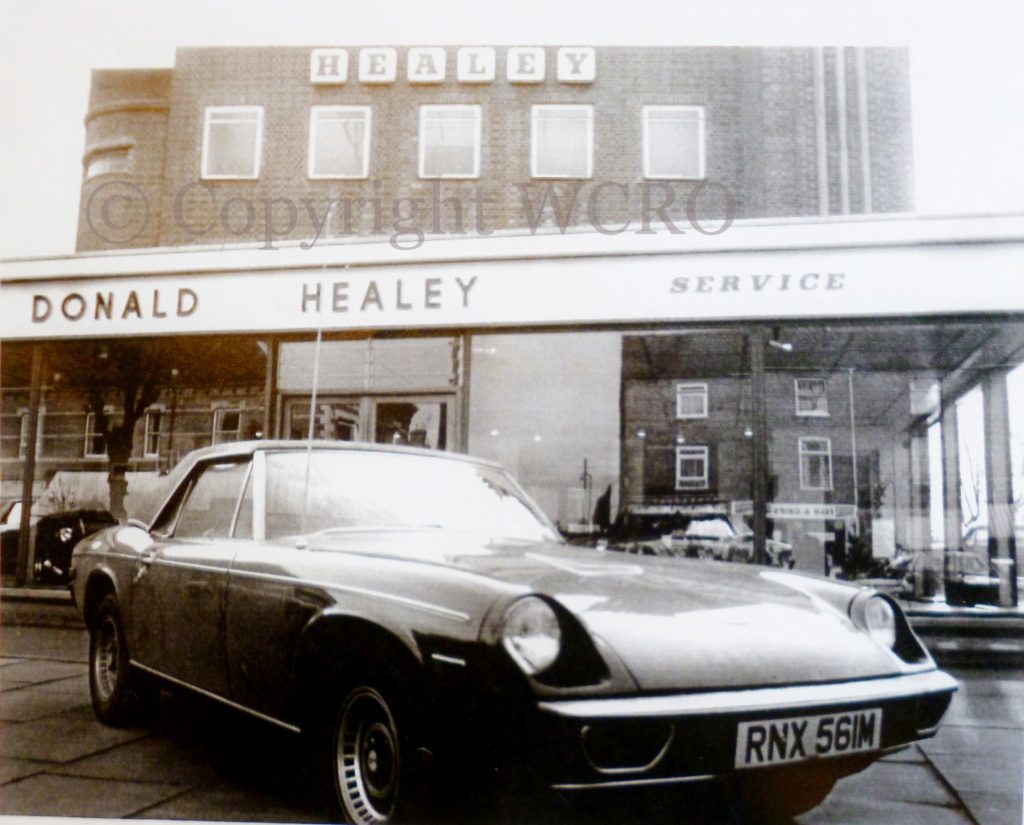 Interviewer: So, you worked there until 1972, by which time the writing was on the wall. Well, it was unfortunately running down, myself and my colleague, had negotiated, in the early stages, a very lucrative commission system; it was quite obvious that short of a salary cut we were not going to be required that much longer. So, in a very friendly way, with no hard feelings on either side, we resigned and started working for ourselves. I remained very friendly with Brian Healey for the rest of his life. Interviewer: In terms of the cars, which ones did you like to drive. Well, of course in those days when we only had a Mini and suchlike ourselves, it was quite a cheerful experience to get out in an Austin Healey 3000 or in a Lotus Elan or a Jaguar E-type. Those were the sort of cars that we used to be working on all the time at Healey. So, yes, we had some interesting times driving stuff around. Interviewer: Do you have any particular memories of driving one of the Healeys, what was that experience like, what did it feel like driving a Healey? I heard they tended to make your feet quite warm. At the time, they seemed, of course, to be very powerful cars, but now, on reflection, in 2016, I’m afraid that they are probably not as fast as a brand new Volkswagen Golf Gti or something similar. But at the time it seemed very very fast. Which does remind me of a particularly interesting incident. There was a man in Warwick, known as Keith Hunt, who set up a type of ponzi scheme but his father, who lived at Barford, was a customer of ours. He came in and he bought an Austin A55 for his son as a Christmas present. We delivered this car out to Barford, David Burton and I, early in the morning at about 11 o’clock on Christmas Eve. At 4.30 in the afternoon we were back out there with a breakdown truck extracting it from the pond at the bottom of the Barford S bends where the son had put it on his maiden voyage. He then, shortly after that, disappeared from Warwick and has never ever been seen again. Interviewer: You were telling us earlier about links with American servicemen, can you talk a bit more about that and how the set up worked. We sold cars to the American Forces based in this country, which obviously was in the Cold War days when there were a lot of them here. There were bases all over the country, from the submarine bases up in Faslane down to the nearest one to us which I suppose was Upper Heyford in Oxfordshire. There was also, Chicksands, Lakenheath and Mildenhall. There were three salesmen employed specifically to go to the American Air Bases daily and demonstrate the cars, the more expensive versions were normally bought by Officers and the cheaper cars, the Sprites, were normally bought by non-commissioned Officers. It was part of their deal to have the cars UK tax-free and then they would be flown back to the States when the chap’s time in this country finished. That deal to sell cars to the Services like that, was negotiated by Donald back in the days when the 3000 and the Sprite were first produced by BMC. I think it was a very lucrative deal, going on for a very long time only finishing just before the 3000 ceased production. Interviewer: Yes and as we pointed out earlier we’ve got a copy of some of the remarks from the American servicemen about the quality of the cars in the Healey archive. Yes and of course when they got back to the States, the more that were in the States, more people wanted to buy them over there. It was a very big market, I’m not quite sure of the size, the percentage of the production that went to the States but I would think it was probably 70 or 80%. Interviewer: Did you ever get to visit the old Cape works? obviously it had closed by the time that you started? But was it still there? Yes, it was still there, let out in various industrial units and it is still there now today being operated by JME which was started by the son of Harold Everard who worked at the Donald Healey Motor Company as a painter. He was in charge of the paint section and then started a company himself in Leamington Spa, called Everick Panels. He in due course retired and passed the business on to his son, Jonathan, who unfortunately now has also passed on. The company, JME, is now run by his two sons Chris and Ben. Interviewer: Thank you Roger for a most interesting and illuminating interview. 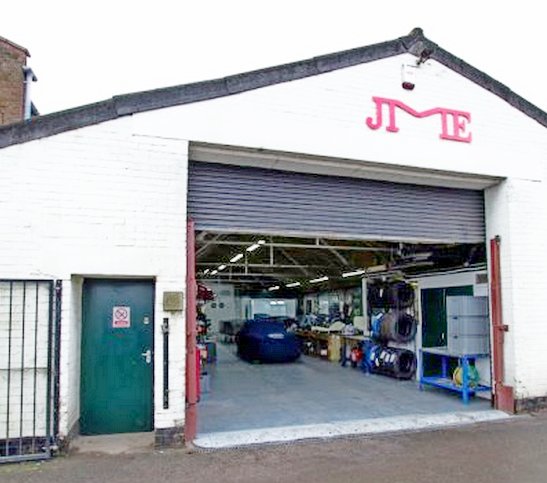
Photos denoted thus ** are held in the Healey Motor Company archive owned by the Warwickshire County Record Office. For guidance on ordering copies visit – I haven’t been able to identifiy the original source of some photos used in this peice. I would happily give credit if that source can be identified. Other posts in the WCRO Warwick Healey Motor Company Archive ‘Oral History’ ‘tidied’ transcript series – February 2019 – Paul Stanforth
Here is a tease for the next ‘oral history’ subject. No, it’s not John De Lorean but he does appear in this clip –
Nick |
![]()
carsceneinternational.com
